I believe two important factors limiting "mass adoption" are the lack of on/off ramps in emerging and developing markets and gas/network fees.
TL;DR: (1) The lack of on/off ramps and the cost to convert crypto to fiat is too high, and (2) network fees are too high. If the majority of the world's population are in emerging markets, where crypto adoption is the highest, the combination of 1 + 2 are going to hurt any progress of people advancing the use of crypto to make it mainstream and supplant fiat in any way.
The phrase "mass adoption" has been touted for years in crypto. So many conversations and product pitches often refer to this mythical time in the future where crypto will be mass adopted. But how are we going to practically get there? I'd like to start the discussion and conversation on the factors that are missing today that is limiting any sort of "mass adoption" crypto visionaries want to see.
I believe one of the key factors limiting mass adoption are the lack of on ramps and off ramps in emerging and developing markets, particularly off ramps.
- The majority of the world's population are located in emerging and developing countries;
- According to Chainalysis, retail adoption of crypto is driven by emerging markets;
- The lack of off ramps to convert crypto to fiat makes crypto basically useless today in many parts of the world
- Great you have the crypto, and maybe it has appreciated in value, but if no one accepts it, or if it's very expensive to convert because of a lack of regulated off ramps, what good is it?
- Also, the cost of converting to fiat could really hurt people in emerging markets (I need to get some data on this, like people using MoneyGram and Stellar for example).
I also believe that gas/network fees are a major inhibitor to mass adoption, especially in emerging and developing markets.
- Costs are still too high whether you're conducting transactions on a L1 or moving funds to a L2.
- People in the west may be able to afford and stomach paying a $10-$20 fee to conduct some transaction on chain (L1), which could amount to 5-10% of the transaction if there is network congestion.
- This costs just as much, if not more, as a remittance payment - The average cost is 6.25% of the amount sent per the World Bank.
- And despite the argument about conducting transactions on a L2, moving funds to L2 can cost you $8-$16. Who wants to pay that from time to time?
- People in the west may be able to afford and stomach paying a $10-$20 fee to conduct some transaction on chain (L1), which could amount to 5-10% of the transaction if there is network congestion.
- People in emerging and developing markets may get hurt by such high fees. $10 could be worth a lot in some places, and if they received a crypto-based remittance payment for $100, losing $10 or 10% of the value is huge!
I can think of some other factors limiting mass adoption, e.g., a lack of regulation that keeps crypto as a grey market or an underground market.
Would love to start a healthy discussion about how crypto can get to "mass adoption".
- What do you think about these two perspectives I have about mass adoption being limited by the lack of on/off ramps and the cost of gas/network fees?
- What are your thoughts about how crypto can be adopted by the masses?
[link] [comments]

You can get bonuses upto $100 FREE BONUS when you:
💰 Install these recommended apps:
💲 SocialGood - 100% Crypto Back on Everyday Shopping
💲 xPortal - The DeFi For The Next Billion
💲 CryptoTab Browser - Lightweight, fast, and ready to mine!
💰 Register on these recommended exchanges:
🟡 Binance🟡 Bitfinex🟡 Bitmart🟡 Bittrex🟡 Bitget
🟡 CoinEx🟡 Crypto.com🟡 Gate.io🟡 Huobi🟡 Kucoin.

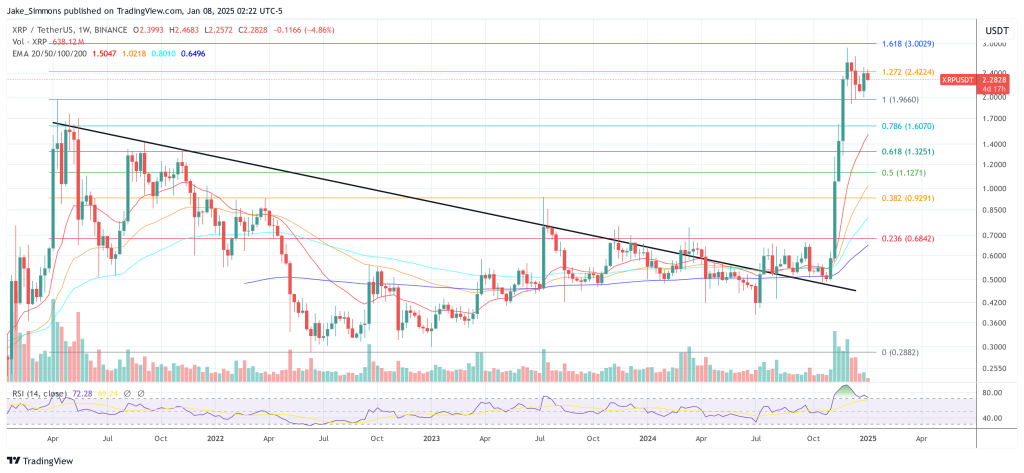

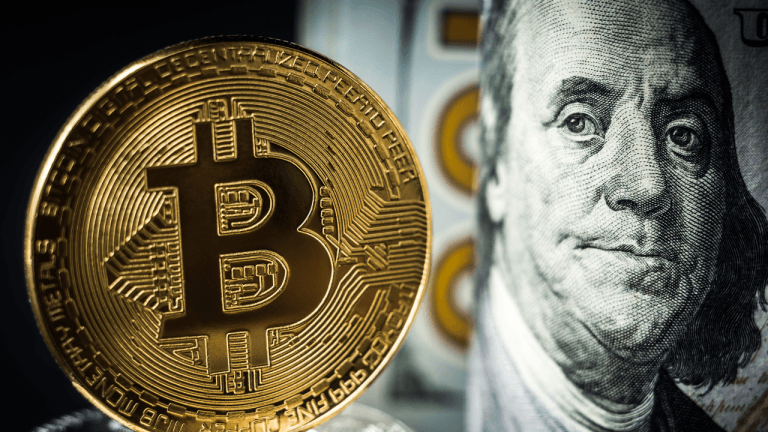


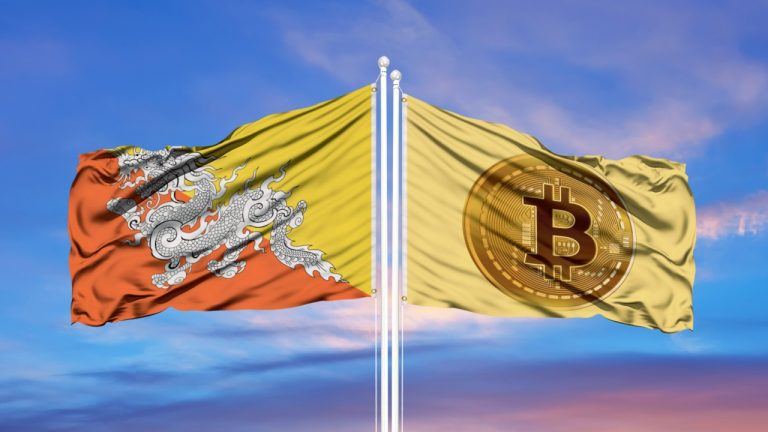
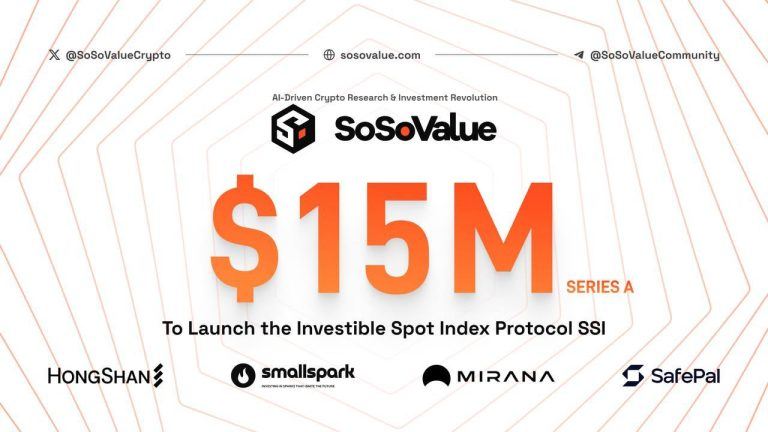
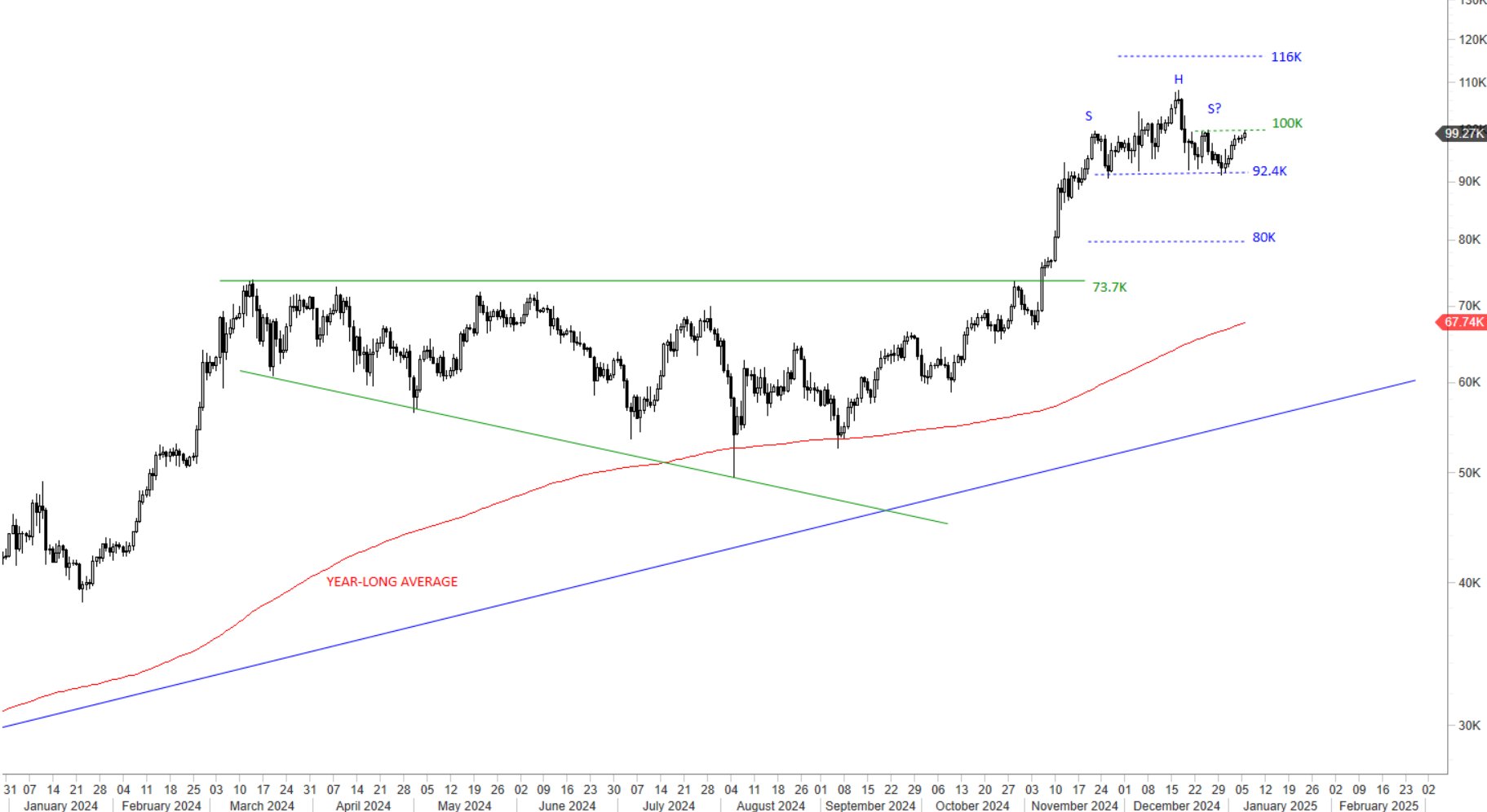

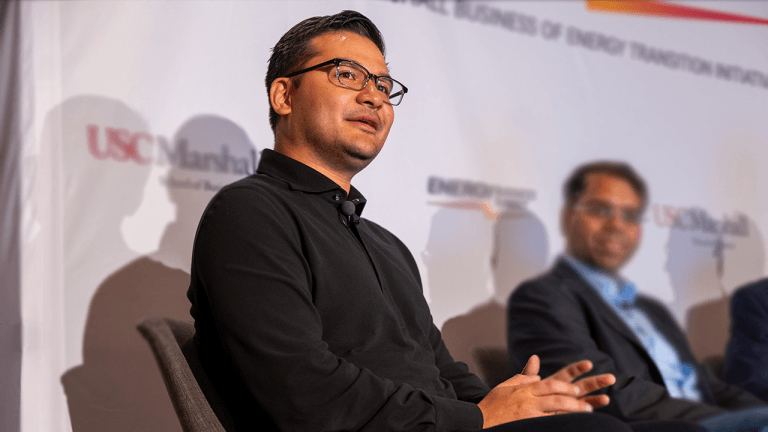




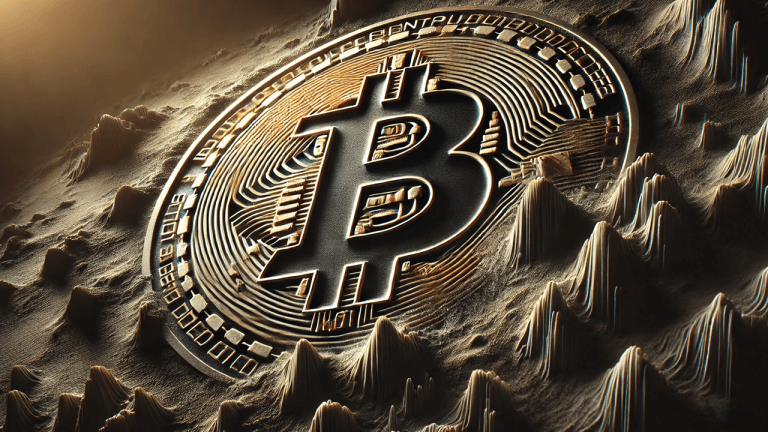


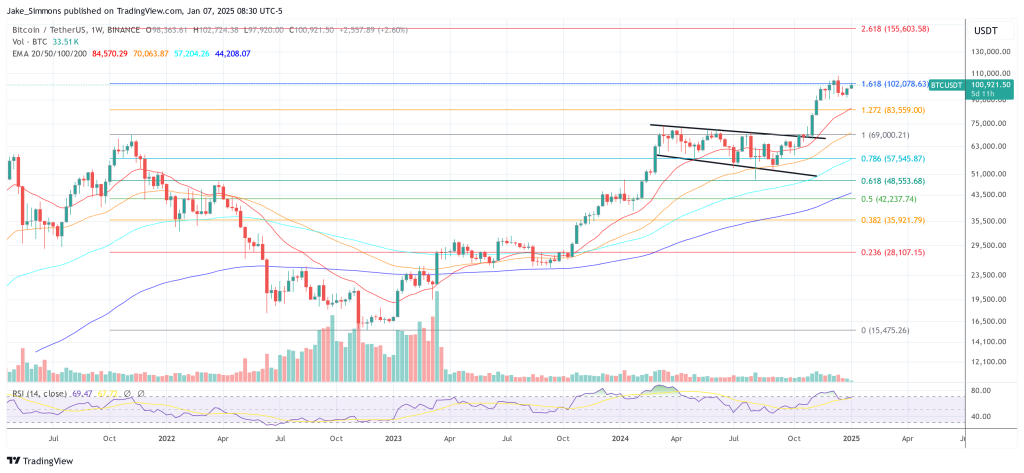
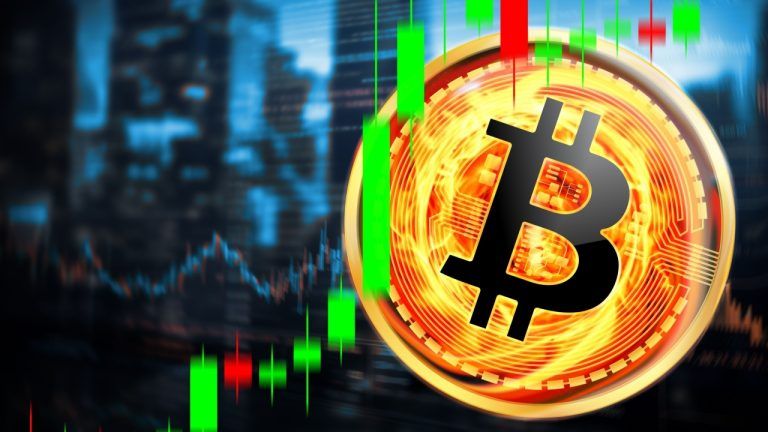
Comments